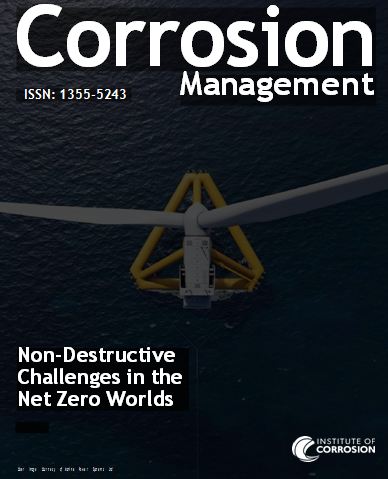Federalism and Judiciary of India: An Analysis of Landmark Judgments
DOI:
https://doi.org/10.3390/k185he82Abstract
Indian federalism operates within a quasi-federal constitutional framework that balances unity with diversity. The Supreme Court of India has played a pivotal role in interpreting and reshaping this federal structure through landmark judgments. This study critically examines the evolving nature of Centre–State relations, focusing on key cases such as State of West Bengal v. Union of India, S.R. Bommai v. Union of India, and Government of NCT of Delhi v. Union of India. These judgments illustrate the judiciary’s shifting stance—from reinforcing central dominance to affirming the autonomy of states. The emergence of doctrines such as the Basic Structure and the emphasis on cooperative federalism reflect an ongoing negotiation between legal interpretation and political reality. The analysis highlights how the Supreme Court, through judicial review, functions as a vital mediator in India's federal structure, striving to maintain constitutional balance amid changing socio-political dynamics.









